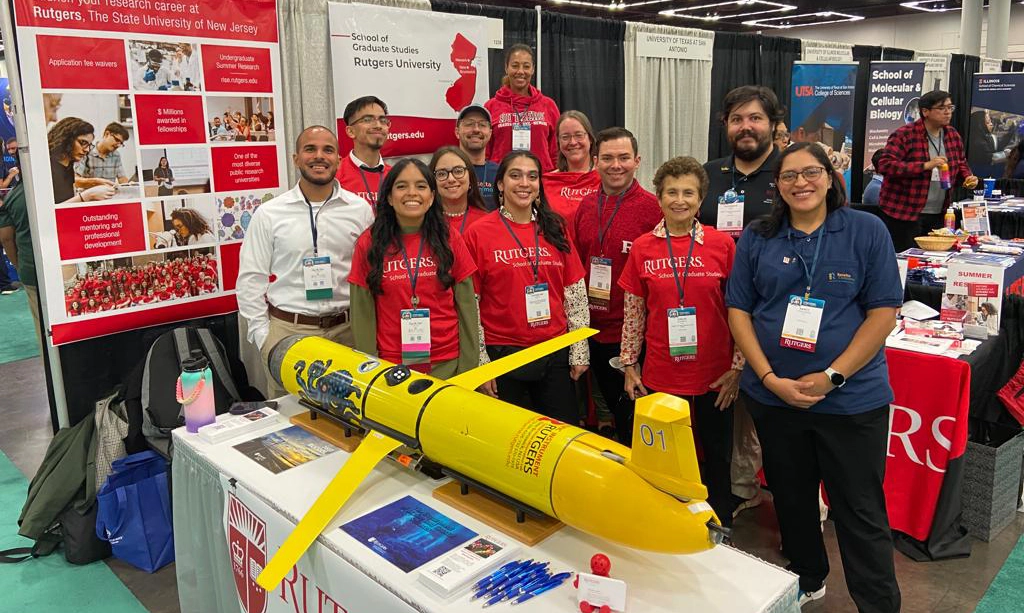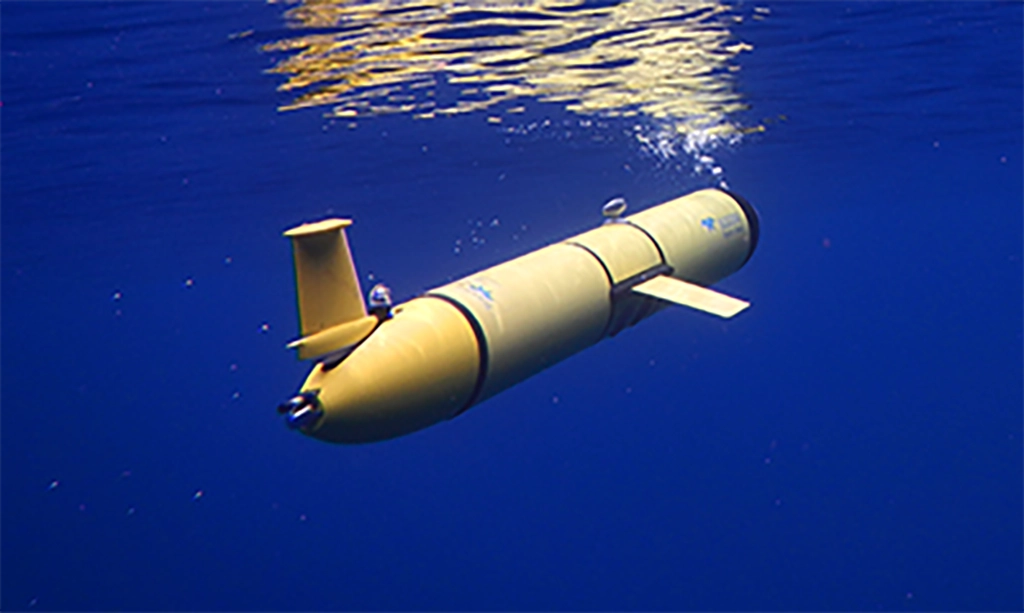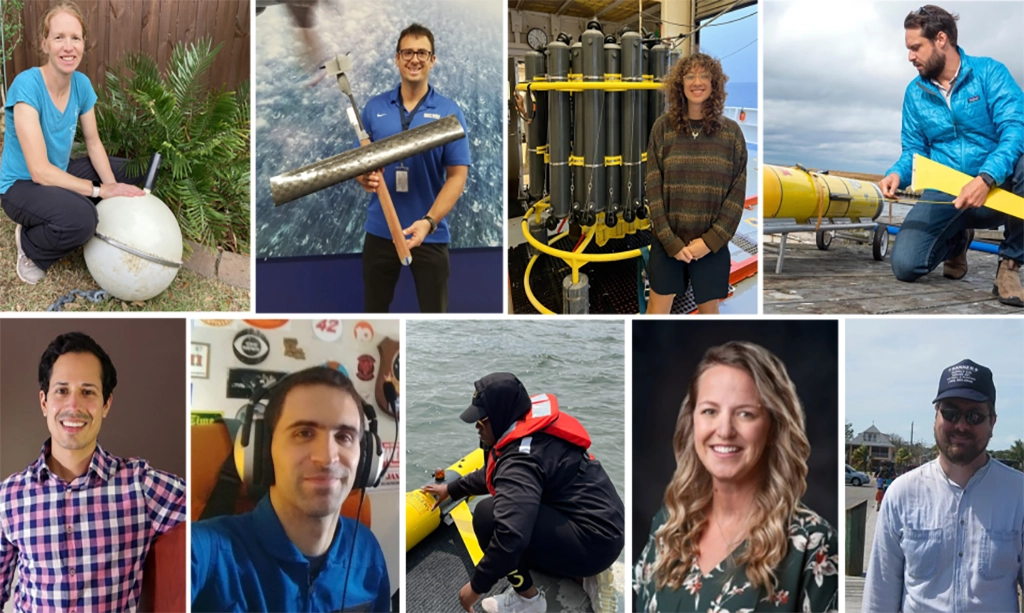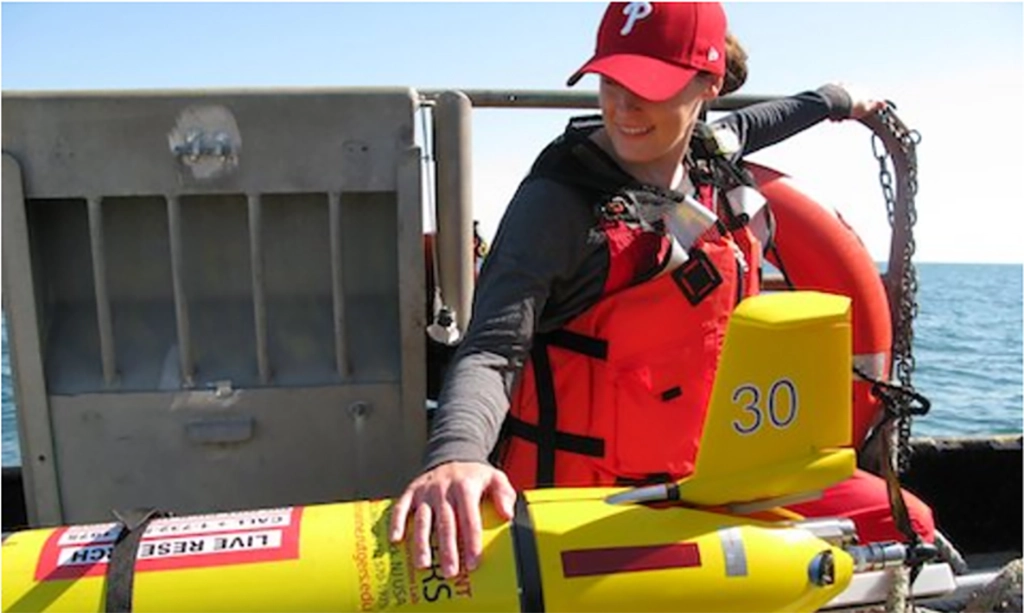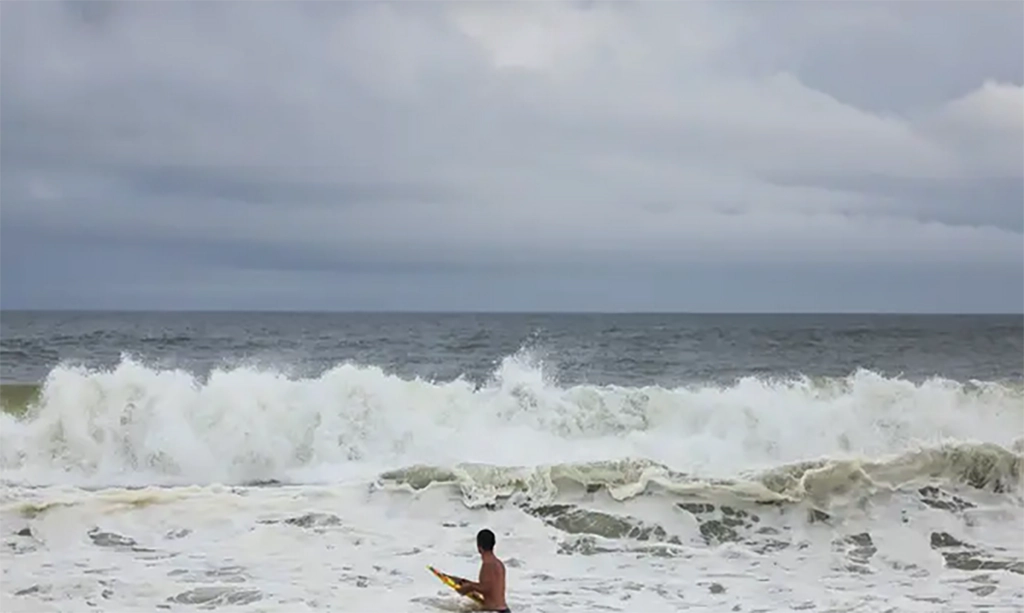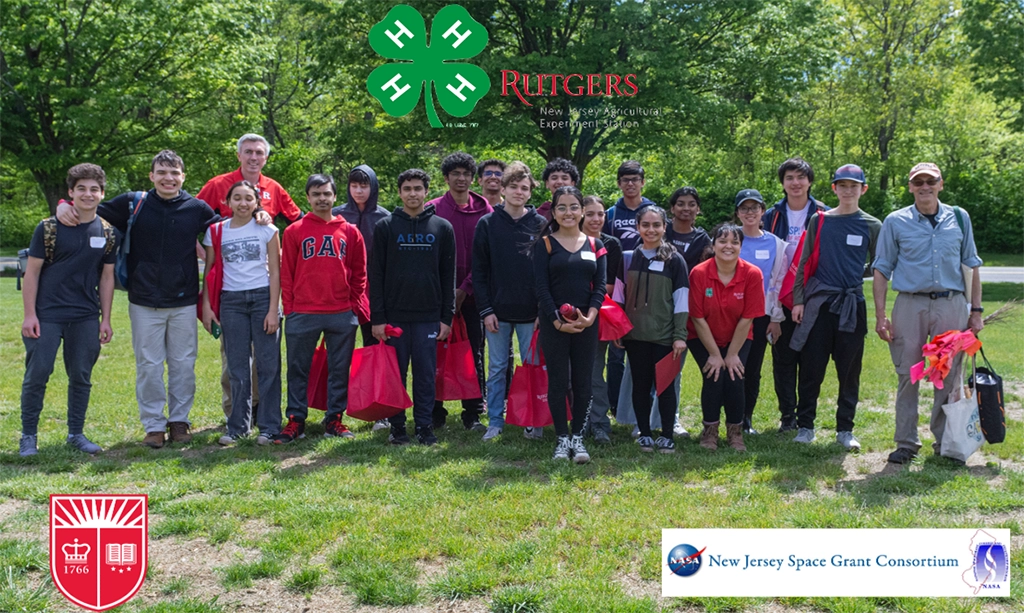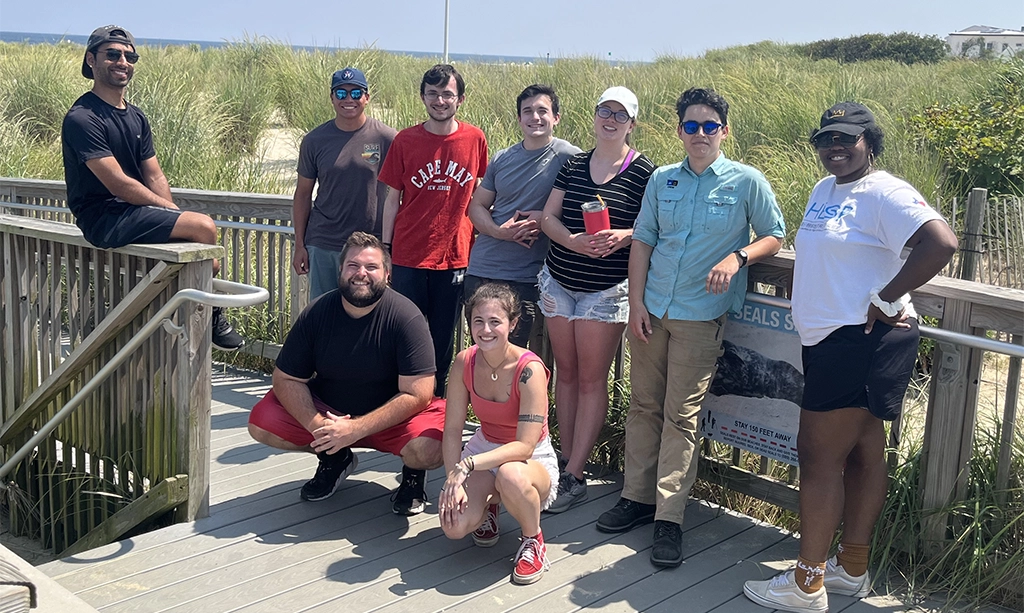The Department of Marine & Coastal Sciences and The School of Graduate Studies showcase the University’s varied research opportunities at the SACNAS National Diversity in STEM Conference
Assistant Teaching Professor Alexander López and Associate Dean Evelyn Erenrich host an exhibitor booth for Rutgers University at the Society for the Advancement of Chicanos/Hispanics and Native Americans in Science…

